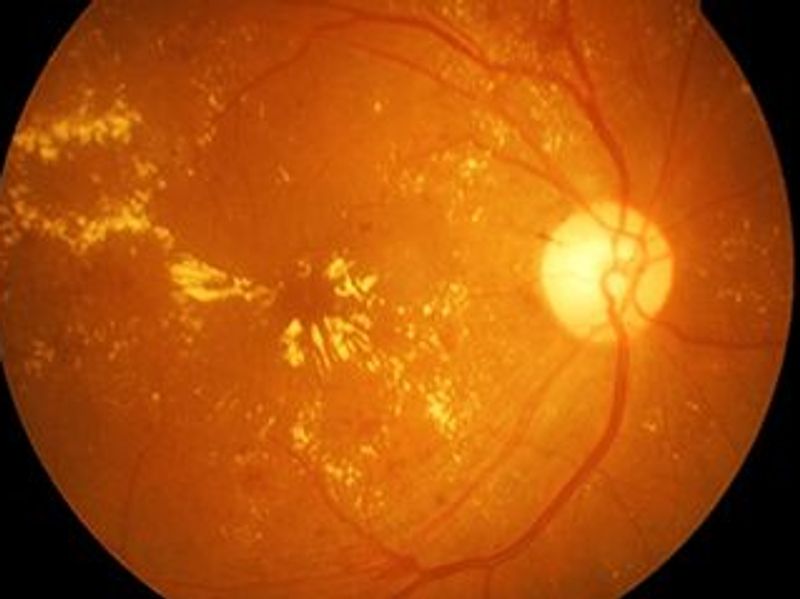No significant difference seen in mean visual acuity letter score over 24 weeks for patients with proliferative diabetic retinopathy
TUESDAY, Dec. 22, 2020 (HealthDay News) — For patients with proliferative diabetic retinopathy with vitreous hemorrhage, most outcomes do not differ significantly for initial treatment with intravitreous aflibercept or vitrectomy with panretinal photocoagulation, according to a study published in the Dec. 15 issue of the Journal of the American Medical Association.
Andrew N. Antoszyk, M.D., from Charlotte Eye, Ear, Nose & Throat Associates in North Carolina, and colleagues conducted a randomized clinical trial involving 205 adults with vision loss due to vitreous hemorrhage from proliferative diabetic retinopathy. Participants were randomly assigned to aflibercept and initially received four monthly injections (100 participants) or vitrectomy with panretinal photocoagulation (105 participants).
The researchers found that over 24 weeks, the mean visual acuity letter score was 59.3 and 63.0 in the aflibercept and vitrectomy groups, respectively (adjusted difference, −5.0; 95 percent confidence interval, −10.2 to 0.3; P = 0.06). Fifteen of 23 secondary outcomes showed no significant between-group difference. At four weeks, the mean visual acuity letter score was 52.6 and 62.3 in the aflibercept and vitrectomy groups, respectively (adjusted difference, −11.2; 95 percent confidence interval, −18.5 to −3.9; P = 0.003), while at two years, the corresponding scores were 73.7 and 71.0 (adjusted difference, 2.7; 95 percent confidence interval, −3.1 to 8.4; P = 0.36).
“The results provide useful guidance for clinicians who are managing patients with this condition,” a coauthor said in a statement.
Several authors disclosed financial ties to pharmaceutical companies, including Regeneron, which provided aflibercept and funding for the study.
Editorial (subscription or payment may be required)
Copyright © 2020 HealthDay. All rights reserved.








